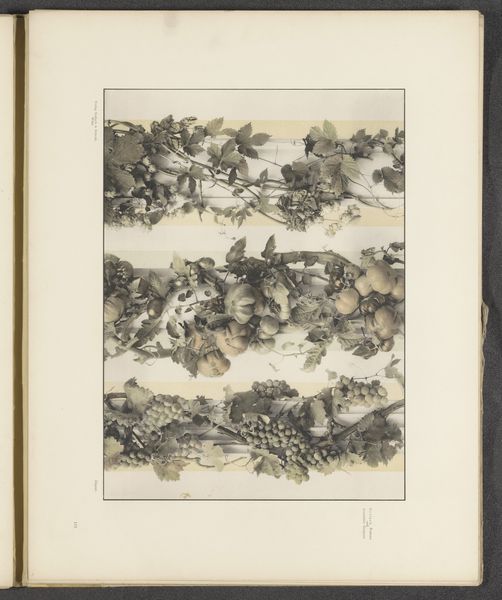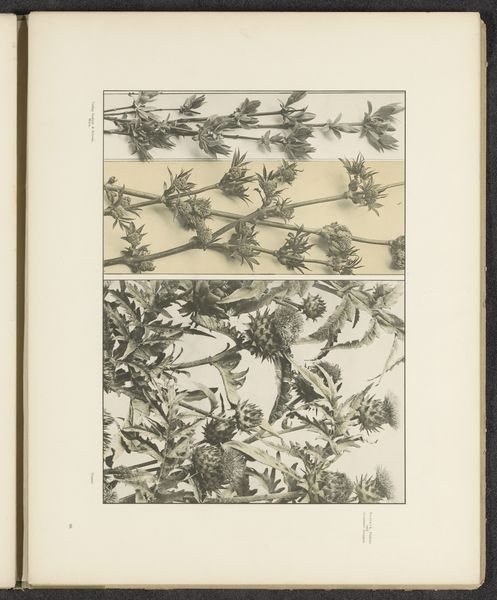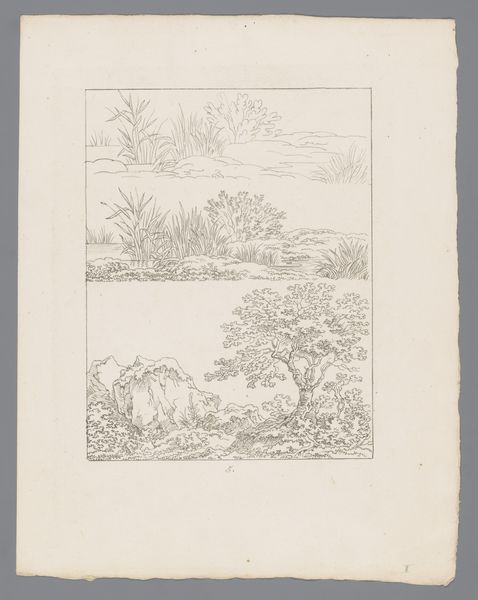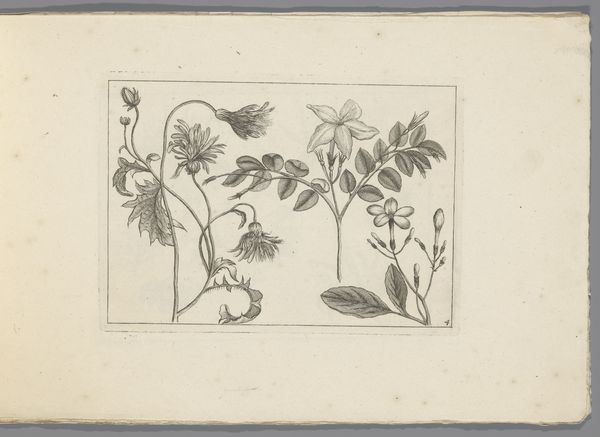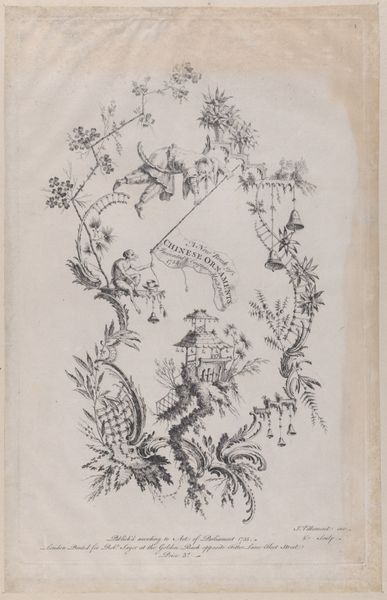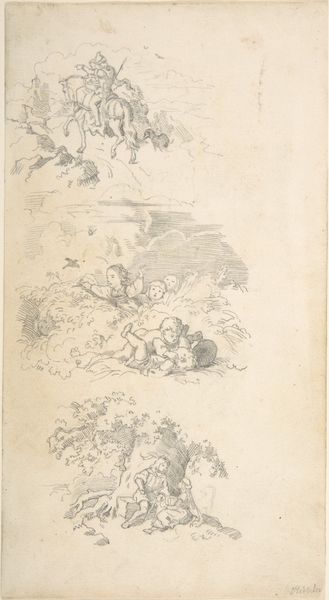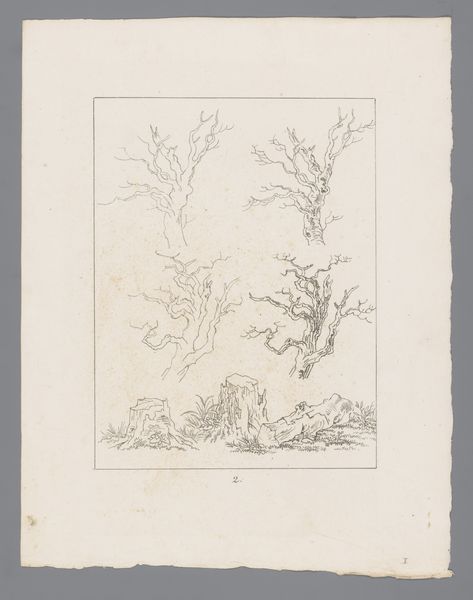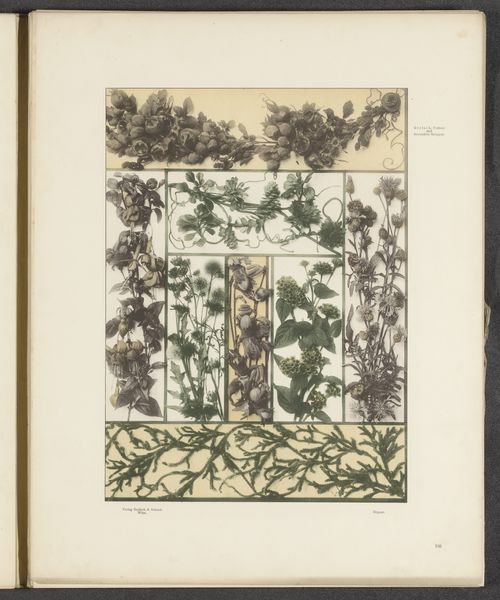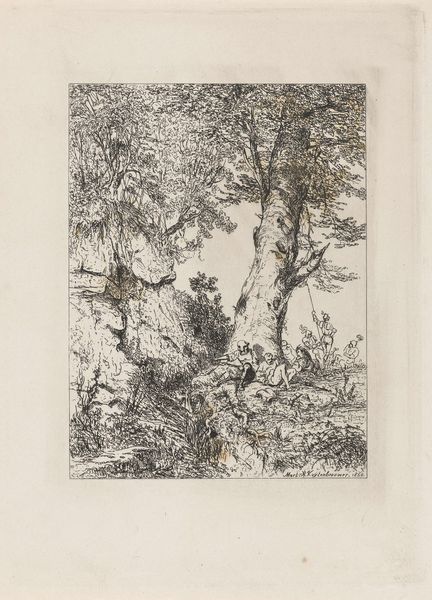
print, engraving
# print
#
academic-art
#
decorative-art
#
engraving
Dimensions: height 292 mm, width 214 mm
Copyright: Rijks Museum: Open Domain
Editor: This engraving, "Festoenen met druiventrossen, pompoenen en een koekoek," made before 1897, presents a detailed arrangement of natural elements. I'm immediately struck by how this image, seemingly about abundance, almost feels…controlled? What can you tell me about how this kind of decorative art reflects broader historical ideas? Curator: It's insightful to notice that control. This period, nestled within the rise of decorative art, reveals tensions between industrialization and a yearning for the "natural." These garlands of grapes and pumpkins, symbols of fertility and harvest, aren't just aesthetic; they represent a desire to contain, curate, even domesticate the wild. Think about whose spaces this would adorn. Does that inform our understanding? Editor: Adorn…so, wealthier homes perhaps? It makes me think of ideas around excess, but maybe also the way these symbols might reflect ideas of prosperity linked to land ownership at the time? Curator: Exactly! Land ownership, power structures. And that koekoek—a cuckoo—nestled amongst the oak, adds another layer. The cuckoo is often a symbol of adaptability, even trickery. Consider how its presence here challenges this carefully constructed image of idyllic nature. Is it a disruption? Editor: A disruption... maybe it represents social mobility, or the way those without land infiltrate and survive within these established systems? Like, the cuckoo lays its eggs in another bird's nest, right? Curator: Precisely! These decorative arts were rarely neutral. They reinforced—or, in some cases, subtly questioned—the dominant ideologies. This print offers us a glimpse into a world where the lines between nature, decoration, and social commentary become beautifully blurred. Editor: This makes me think differently about "decorative art" as something more actively engaged in cultural conversations of class and power, not just… pretty things. Curator: Indeed. The surface aesthetic can be deceptive, a visual entry point to deeper dialogues.
Comments
No comments
Be the first to comment and join the conversation on the ultimate creative platform.
